"It Goes to Show Representation Does Still Matter": Luciane Buchanan on Powerful Chief of War Role

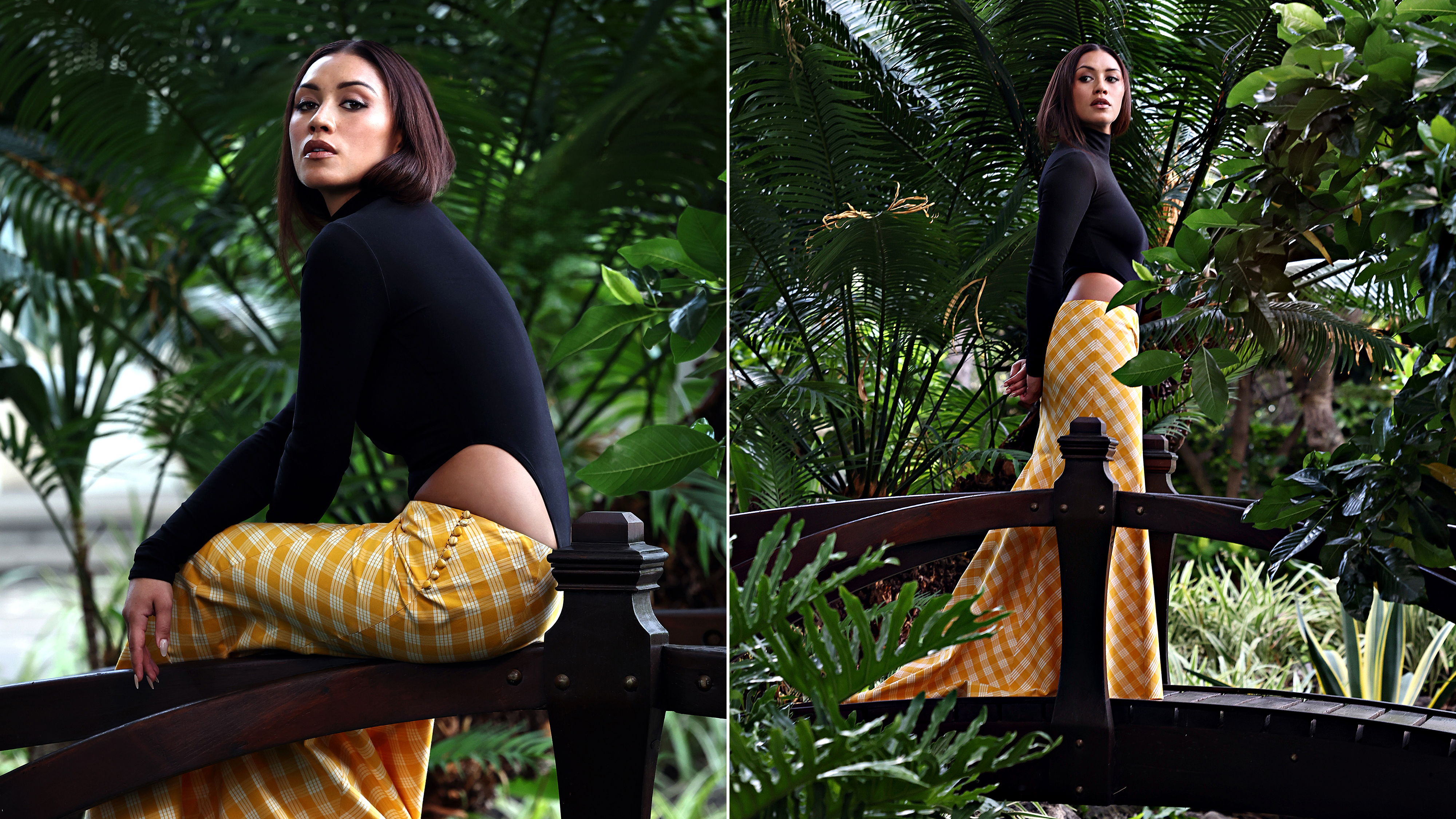
"I should go back to that wig store and be like, "Thank you, guys! You really did it," Luciane Buchanan says with a giggle. The New Zealand actress is referring to the $100 synthetic wig she picked up for her chemistry read with Jason Momoa for the Apple TV+ historical drama Chief of War. Having just come off of filming the hit Netflix series The Night Agent, where her character sports a shoulder-length bob, she didn't quite look the part of a Hawaiian queen, and it was getting in the way of her audition. "Polynesian women are known for their long, textured, and flowy hair," Buchanan says. "And my hair was growing out slowly." At the behest of her manager, she stopped by a Crenshaw wig store and picked up a fitting headpiece. It turned out to be a game-changing move, as the actress was promptly offered the role after her read on Zoom. "When I finally met Jason in Hawaii, he was like, 'Where is that wig? I want it, and I want to pin it on my wall,'" Buchanan adds.
Buchanan wasn't after just any part in the series; she was reading for a leading role as Ka‘ahumanu, who is said to be one of the most powerful rulers of early 19th century Hawaii. A passion project years in the making for Momoa and cocreator Thomas Pa'a Sibbett, Chief of War is a sprawling, action-packed drama that tells the bloody story of the unification of the Hawaiian islands in the 1780s. In a rare Hollywood move, the series is told from the indigenous perspective and features a predominantly Polynesian cast. It's not just a major cultural moment. The nine-episode series is thrilling, beautifully shot, and incredibly acted—with some calling it the next Game of Thrones.
For Buchanan, who is Polynesian, being a part of the project was a no-brainer. If playing Ka‘ahumanu didn't work out, she tells me she would have gladly worked as a background actor or behind the scenes if her schedule allowed. "I always just want to be involved in some way," she tells me via Zoom, fresh off a birthday trip to Puerto Rico, where she saw Bad Bunny in concert. "I haven't gotten used to the fact that I'm a part of [the show]. It just feels so special, so rare. We're not the best friend or someone who comes in with three lines. We're the main characters. … For a lot of Hawaiians on the set, they were like, 'I've never had this feeling before.' It goes to show representation does still matter."
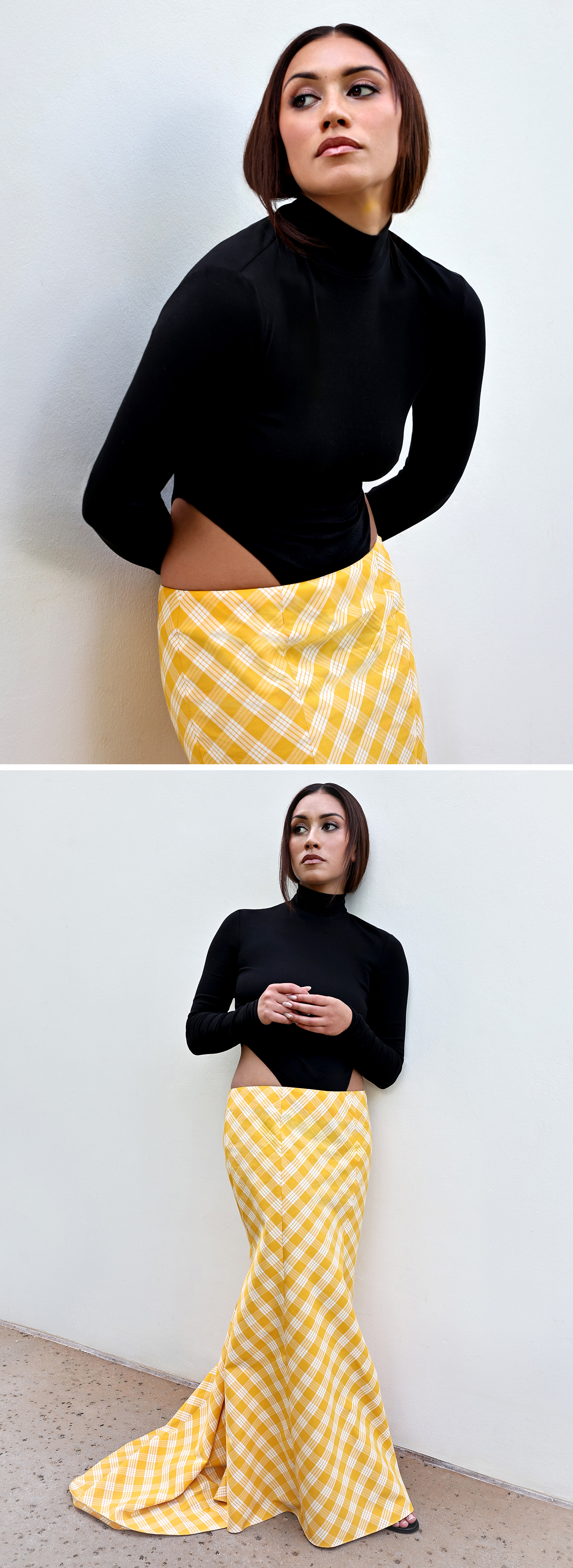
Nowhere was this more evident than at the show's July premiere in Oahu, where the pride and true emotions of native Hawaiians were on full display. Buchanan notes, "Tears were flowing." It was especially memorable for the actress to see the excitement from the Hawaiian children. "They'll grow up, and this is normalized—not like, 'I wish there was something to look up to,'" she tells me. "That's why I really want to applaud Jason. He could make anything. He could be involved in any project. … But he was like, 'I really want to do this.' That's pretty cool that he can do that."
In another bold move, the show is staged almost entirely in the Hawaiian language, which ended up being Buchanan's favorite part of the job. Native language has been a topic of interest for the actress in recent years due to her own relationship with her Tongan culture. She is half Tongan and half Scottish yet grew up speaking English over her native Tongan, a complicated experience reflected in the short film she wrote and stars in called Lea Tupu'anga/Mother Tongue, in which a speech therapist disconnected from her Tongan heritage lies about her Tongan language skills to get a job.
"It's funny that I made a short film about me not being able to speak my mother tongue and that part of my life, and then I say yes to a job where they're like, 'Can you speak Hawaiian?'" Buchanan says. The actress will be the first to admit languages are a weak point for her, and she was scared she might not actually be able to pull it off. She was determined to give it a go and turned to a friend for some sage advice. "She's like, 'You just have to lean into that fear. You're going to get it wrong, and you're going to get it wrong again, and you're going to be embarrassed. … You're not going to learn it overnight. That's insane.'" It was that advice that Buchanan applied not just to learning the language but also to all facets of the role. She adds, "Those words just kind of stuck with me the whole time—like, 'Oh I don't know if I can pull off the stunt or this heavy emotional scene that's so important to the role.' But it was just like, 'Lean into it.'"
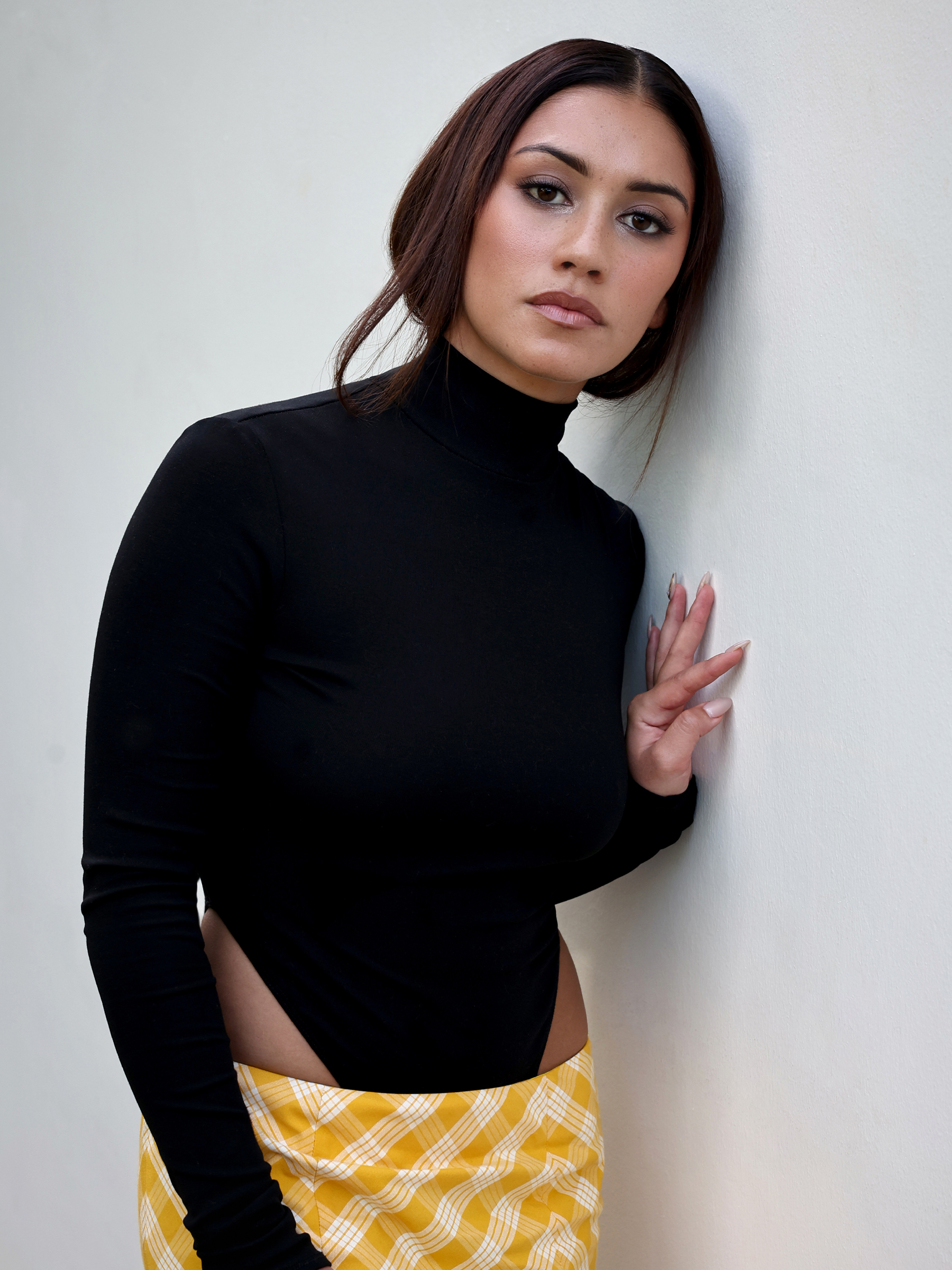
For Buchanan, learning the Hawaiian language unlocked another layer of getting to know Ka‘ahumanu and who she was and how she spoke, but it was also through intense research of the historical events and traveling to the queen's birthplace, Hāna, and the temple where she spent the rest of her life that the actress really understood the power and influence of the queen. Buchanan details her trip to Maui: She rented a touristy Jeep and braved the windy three-hour trek to Hāna, hoping to find the cave where Ka‘ahumanu was born. Relying on vague directions from locals and finding herself a little lost along the way, Buchanan eventually stumbled upon the cave.
"I was like, 'This is insane.' I took off my hat, took off my shoes, and just went up to the plaque in the place that she was born and set my intentions of playing the role because I didn't know what I was getting into, and I don't know how the story is written," she shares. "All I know is that I'm playing her, and I don't know if I'm the right person to be telling this story. [I said], 'I just want to let you know if you're listening that I have the best intentions, and the intention is to honor you without any ego.' And then the palm trees around me just shook like crazy. The wind picked up, and it was going wild, and I was like, 'Oh my God, she hates me. She doesn't want me to do it because I'm not Hawaiian, and I don't know anything about the history.' And then it just went silent. It just stopped. And then I jumped in the water, had a swim, and just cleansed off."
That gust of wind was a significant moment in Buchanan's journey to Ka‘ahumanu. In Polynesian culture, the actress explains, hōʻailona are spiritual signs or omens—often seen in nature—that are meant to be important symbols for guidance. At a later moment in her trip, she received another sign when a native bird perched next to her on a park bench at the Puʻukoholā Heiau National Historic Site in Kawaihae on the Big Island. "[Ka‘ahumanu's] name actually translates to 'bird of the cloak,'" the actress says.
Spiritual signs and her own doubts aside, Buchanan had the backing of Momoa and his unwavering belief in her to play this role, which was enough to dispel any negative online chatter. "He was just so steadfast and was like, 'I picked you for this role,'" she says of the actor. "That kind of belief in a project that means so much to him really made me feel confident in this role. So from the get-go, I had his back, and he had mine." Watching Momoa at work as cowriter, executive producer, star, and even director of the finale episode showed Buchanan just what's possible and that, down the line when she wants to do something like this, it can be done.
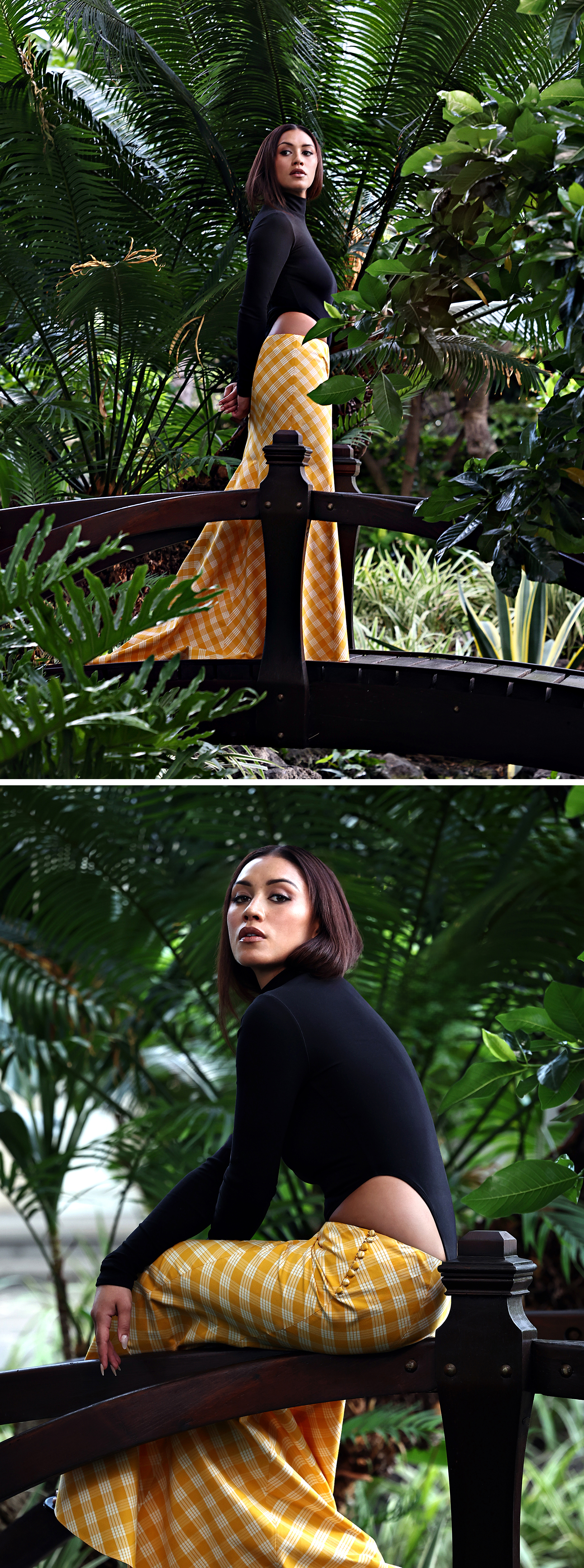
Among its many achievements, Chief of War is a celebration of Hawaiian and Pacific Islander culture on a grand scale, and Buchanan carried that through to the premiere in her choice to wear and highlight Hawaiian designer Rocket Ahuna. "I just knew deep down that I wanted to work with a local Hawaiian designer," she tells me. "It's such a big spotlight for them, but also, it would make sense for the project that we're making to wear that." Having followed Ahuna's work for a while, she knew he was a perfect fit for the occasion, so they got to work on a series of custom outfits.
For the look shown in this story, Ahuna designed a bias-cut skirt and bodysuit inspired by Ka‘ahumanu. "I drew inspiration from the modern-day Kaʻahumanu Society and the attire they're known for," Ahuna tells me via email. "The black top references the traditional muʻumuʻu they wear, while the yellow accents symbolize the lei they adorn. The skirt is made of palaka, a fabric deeply rooted in Hawaiʻi's plantation history. Since Kaʻahumanu herself was known for her progressive leadership, this look symbolizes the evolution of Hawaiian history."
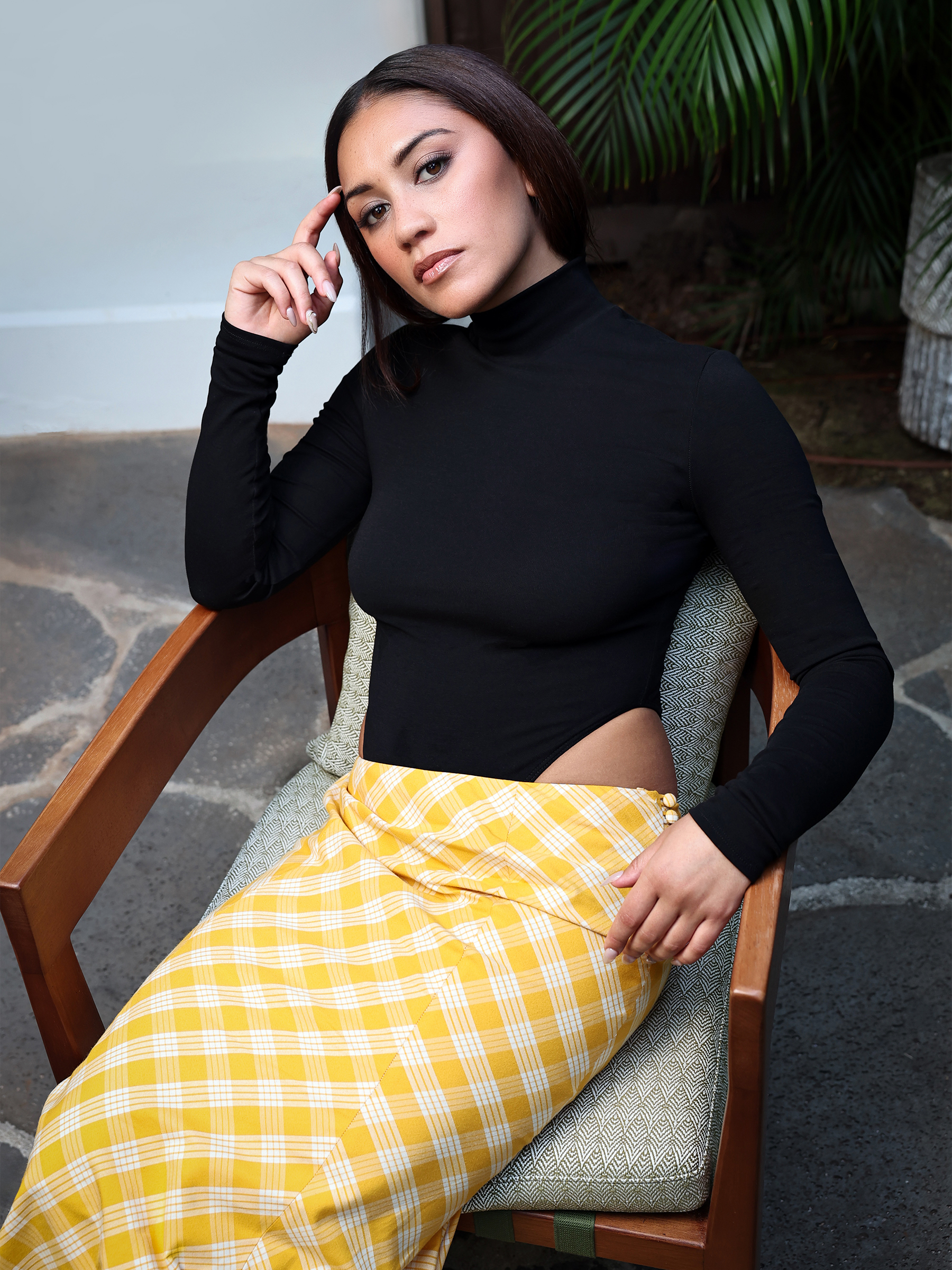
Buchanan says she is a big history gal herself. When watching the show Vikings, she and a friend loved doing their own deep dives into Viking culture and certain characters, finding out who were real people and who were not. "I hope our show does that," she says. "This is the juiciest, most scandalous drama, and it was real! Jason would always be like, 'You're the Daenerys [Targaryen].' But [Ka‘ahumanu] was real! [There were] no dragons."
Buchanan still can't believe this story hasn't been told on-screen before, but that makes it all the more exciting for it to finally come out and for the world to discover it. She says, "It felt like it was this best-kept secret that we had for a while."
Chief of War premieres on Apple TV+ on August 1.
Photographer: Eric Charbonneau
Stylist: Puna Joon
Hairstylist: Arthur Wilson III
Makeup Artist: Jayel Saito
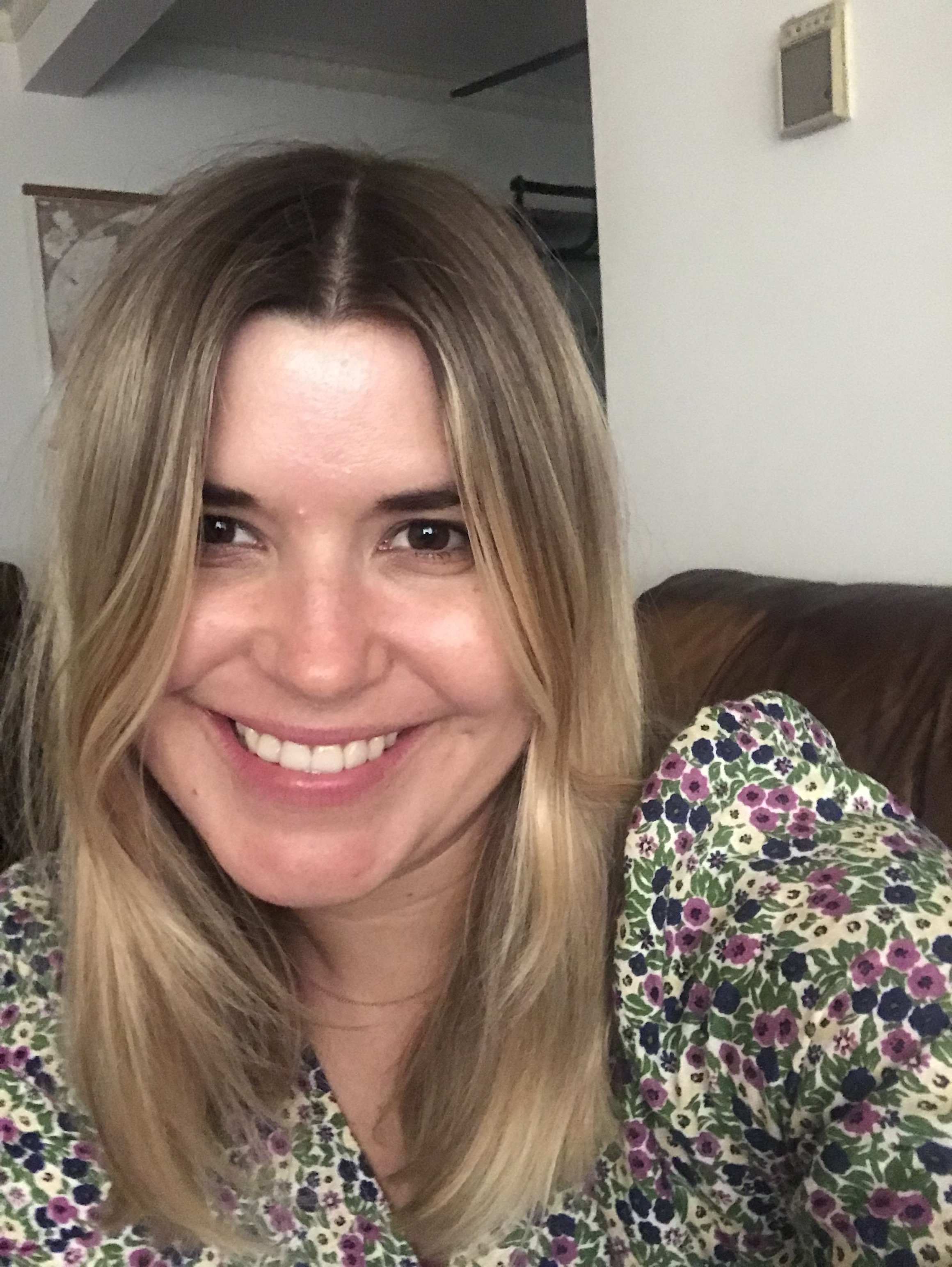
Jessica Baker has 16 years of experience in the digital editorial fashion and entertainment space. She is currently the Executive Director, Entertainment at Who What Wear where she ideates, books, writes, and edits celebrity and entertainment features.